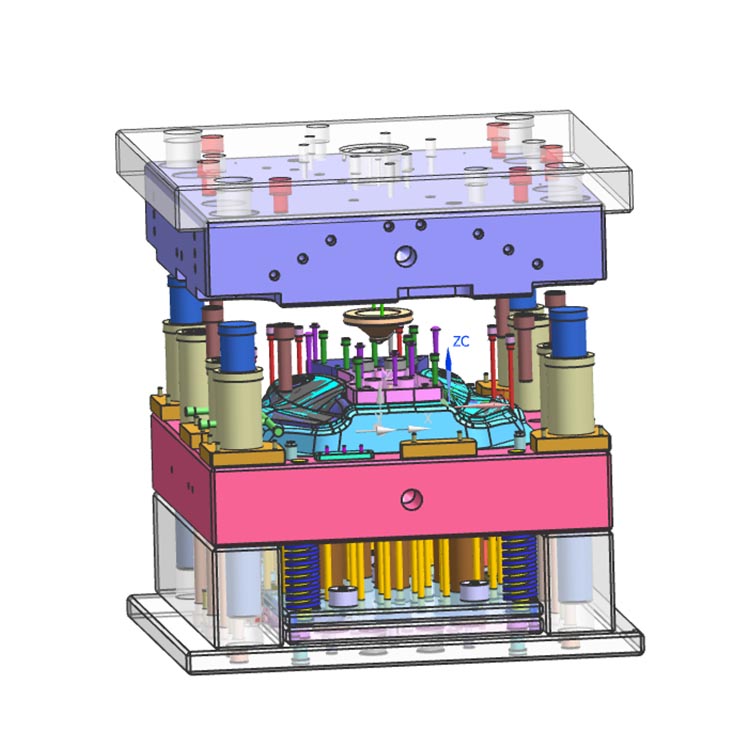Knowledge of Physical Properties of Materials for Forging Mold Processing
Good matching of mechanical properties such as tensile strength, yield strength, reduction of area, elongation, impact toughness, and hardness within the temperature range of mold use (room temperature to maximum working temperature).

1) Physical properties of mold processing materials – tensile strength and yield strength
Different types of molds require specific mechanical performance indicators for forging mold materials, while not only considering room temperature mechanical properties but also ignoring more important performance indicators of actual working temperature; Avoid pursuing comprehensive high indicators that are blindly detached from reality.
For example, in difficult to deform alloy forgings with extremely high cold forging resistance, when the stress borne by the mold exceeds the tensile strength of the forging mold material at the operating temperature, it will cause the mold to crack and scrap; If the stress borne by the mold exceeds the yield strength of the forging mold material at the operating temperature, it will cause permanent deformation such as mold collapse, resulting in the forging exceeding the tolerance. Under these conditions, it is necessary to choose forging die materials with high tensile and yield strength. Generally, the tensile strength of forging die materials should be greater than 30% of the stress they should bear.
2) Physical properties of mold processing materials – impact toughness, cross-sectional shrinkage, and elongation
Due to the close correlation between the selection of impact toughness indicators of forging die materials and the properties of forging loads, for molds used in impact load equipment such as forging hammers and screw presses, if the impact toughness of forging die materials is low, the mold may crack and be scrapped; Under these conditions, it is necessary to choose forging die materials with high impact toughness.
For forging die materials with high cross-sectional shrinkage and elongation, they can continue to be used in the presence of small cracks without breaking quickly. Therefore, under the allowable conditions of tensile strength, yield strength, and hardness indicators, the cross-sectional shrinkage and elongation should be increased as much as possible.
3) Physical properties and hardness of mold processing materials
Given that hardness is closely related to the wear resistance of the mold, in addition to its corresponding relationship with strength indicators, it is necessary to improve its hardness (or wear resistance) as much as possible under the allowable conditions of impact toughness, cross-sectional shrinkage rate, and elongation. The hardness and redness of the forging die are important properties of the forging die material, and the die should be able to maintain its shape and size unchanged when working at high temperatures.
As is well known, there is a contradictory relationship between the tensile strength, yield strength, hardness and cross-sectional shrinkage, elongation, and impact toughness of the same forging die material. If the former is improved, the latter must be sacrificed, which requires selecting the corresponding performance matching based on the actual working environment of the specific die.
It must be pointed out that the hardness of materials can not only reflect the strength level to a certain extent, but also have a corresponding relationship between hardness and wear resistance. Generally, materials with high hardness also have good wear resistance. Therefore, many forging mold materials usually only specify the requirements for hardness.
